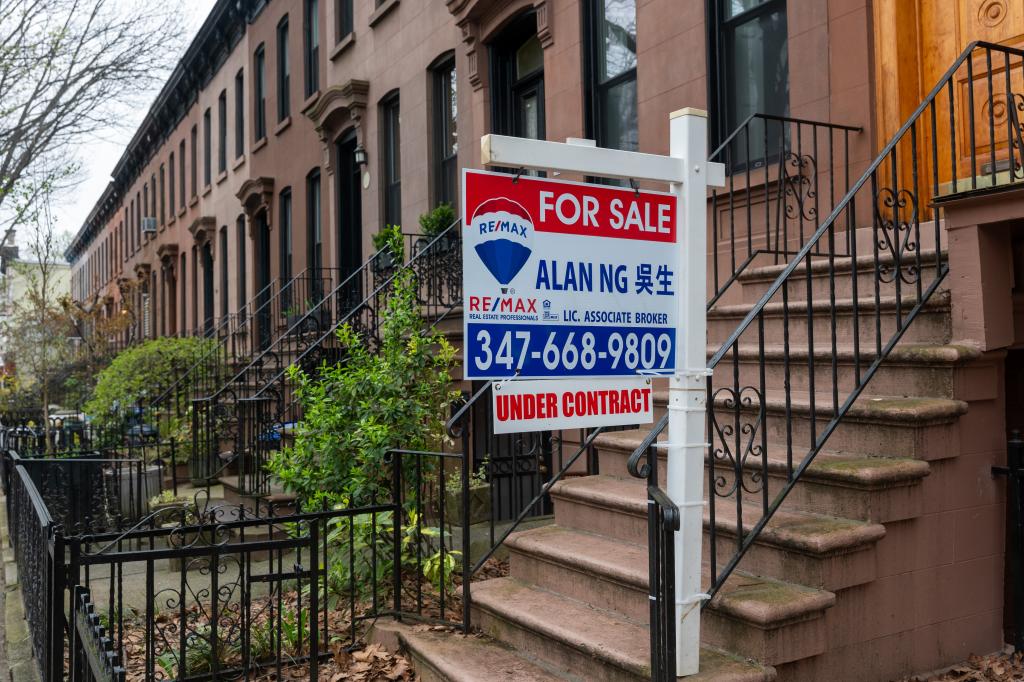Fed’s preferred inflation gauge rose 2.6% in May in signal that prices could be easing
Contact The Author
A key measure of inflation pointed to a slowdown in the rate at which the prices of goods are rising – stoking optimism on Wall Street that the Federal Reserve will cut interest rates later this year.
The personal consumption expenditures price index (PCE) – the Fed’s preferred gauge of inflation – rose 0.1% in May compared to the previous month and 2.6% year-over-year, according to the Commerce Department.
The 2.6% rate was a slight improvement from the 2.7% number recorded in April – boosting the case that inflation appears to be easing.
The Fed is aiming to get inflation to 2% before cutting rates.
Rate cuts by the Fed, which most economists think could start in September, would lead eventually to lower borrowing rates for consumers and businesses.
“If the trend we saw this month continues consistently for another two months, the Fed may finally have the confidence necessary for a rate cut in September,” Olu Sonola, head of US economic research at Fitch Ratings, wrote in a research note.
Excluding volatile food and energy prices, so-called core inflation rose 0.1% from April to May, the smallest increase since the spring of 2020, when the pandemic erupted and shut down the economy.
And compared with a year earlier, core prices were up 2.6% in May, the lowest increase in more than three years.
Prices for physical goods actually fell 0.4% from April to May.
Gasoline prices, for example, dropped 3.4%, furniture prices 1% and the prices of recreational goods and vehicles 1.6%.
On the other hand, prices for services, which include items like restaurant meals and airline fares, ticked up 0.2%.
Start your day with the latest business news right at your fingertips
Subscribe to our daily Business Report newsletter!
Thanks for signing up!
The latest figures will likely be welcomed by the Fed’s policymakers, who have said they need to feel confident that inflation is slowing sustainably toward their 2% target before they’d start cutting interest rates.
At the peak of inflation, PCE was up 7.1% in 2022 while the consumer price index reached an astounding 9.1%.
CPI has also been trending downward. In May, CPI inflation clocked in at 3.3% compared to a year earlier – slightly beating analyst forecasts of 3.4%.
Earlier this week, Fed governor Michelle Bowman tried to temper expectations for a rate cut, saying that it may be necessary for the central bank to hike interest rates again.
“Inflation in the US remains elevated and I still see a number of upside inflation risks that affect my outlook,” Bowman said at an event hosted by the Policy Exchange think tank in London.
Bowman said that she “remain[s] willing to raise the target range for the federal-funds rate at a future meeting should progress on inflation stall or even reverse.”
“Reducing our policy rate too soon or too quickly could result in a rebound in inflation, requiring further future policy rate increases to return inflation to 2% over the longer run,” she said.
With Post Wires





